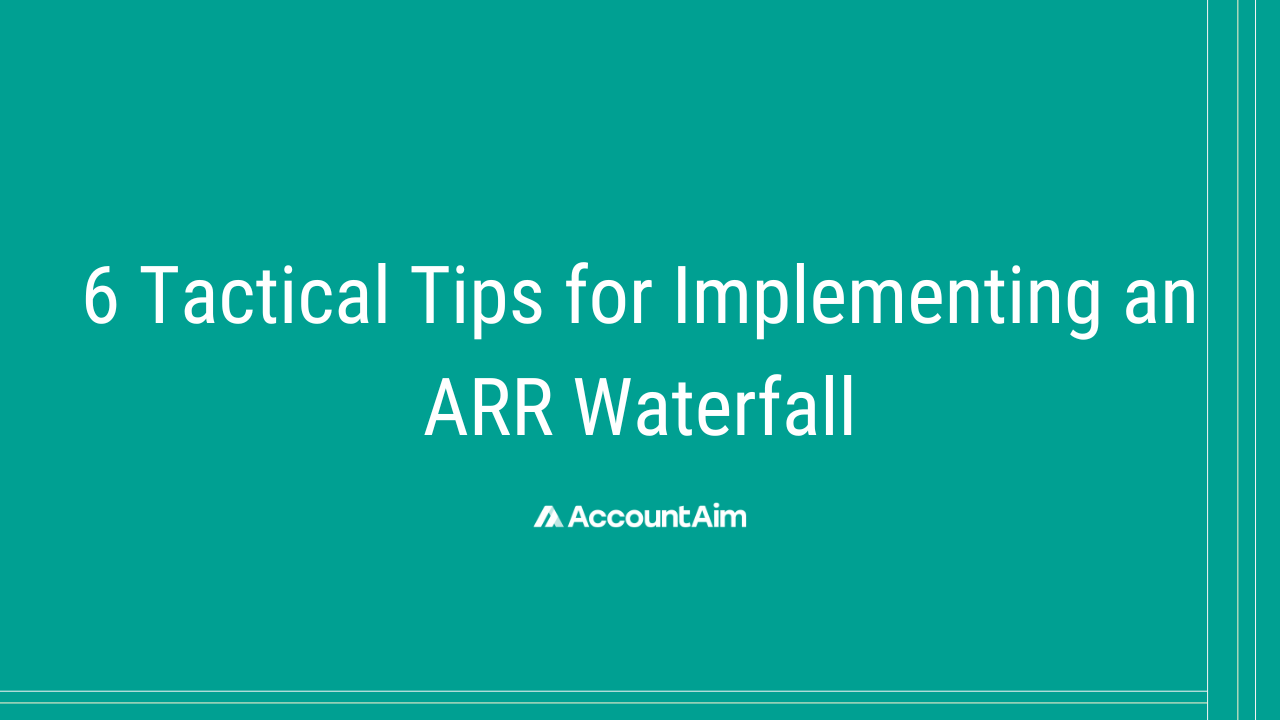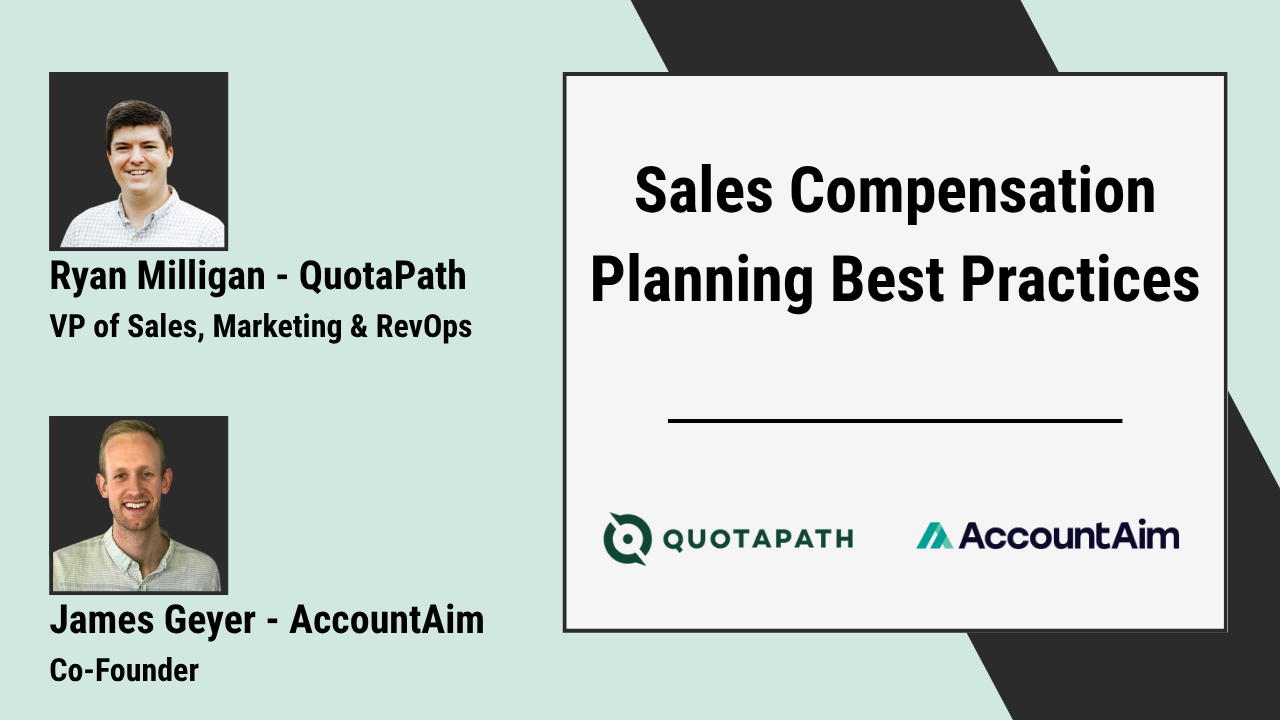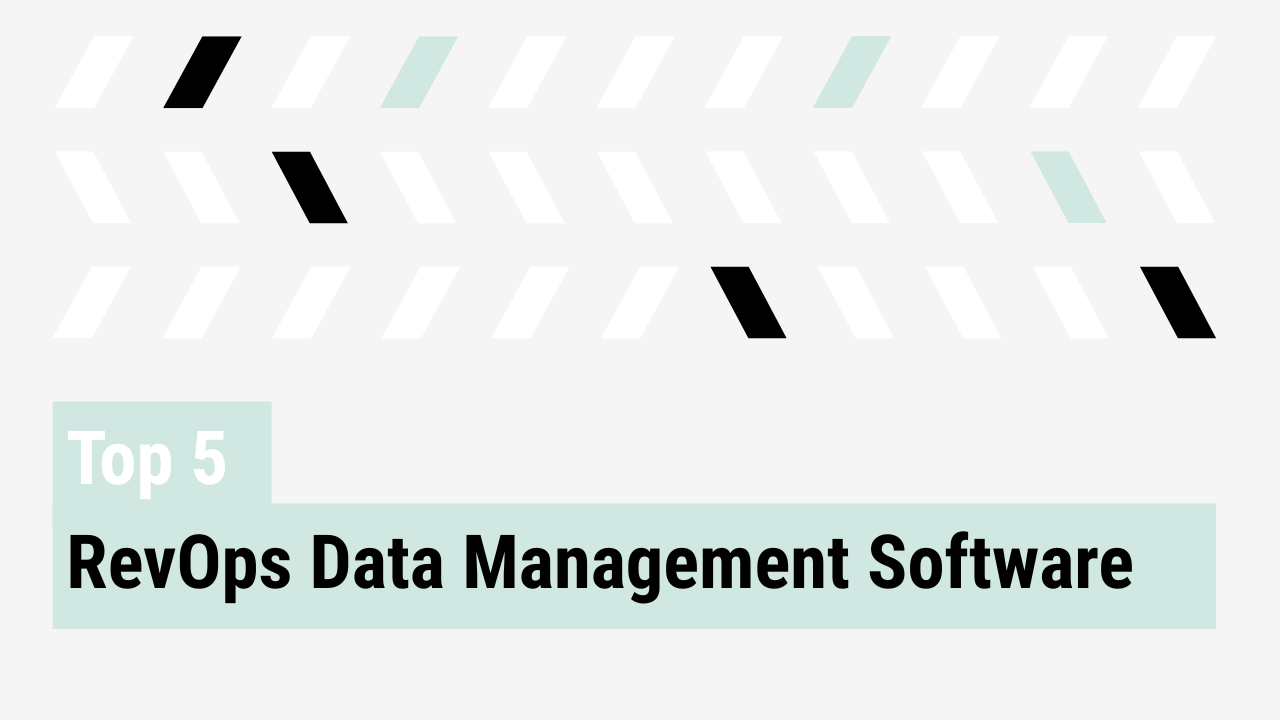ARR Waterfalls are a real-time view into the performance and sustainability of your go-to-market engine. Building one that works requires thoughtful design, reliable data sources, and alignment across GTM and finance teams.
Will Sullivan of Predictive Analytics Partners is a recognized expert in ARR Waterfall implementations. He shares key considerations and tactical guidance from his experience implementing these models across various growth-stage companies.
1. Anchor to a single reliable data source
Using multiple systems, such as CRM bookings, billing data, and revenue recognition, can introduce inconsistencies due to timing mismatches, different revenue definitions, or overlapping data sources. Each system serves a different purpose: CRM bookings reflect sales intent, billing data shows invoicing, and revenue recognition aligns to accounting standards. Select one primary source based on your operating model and reporting goals. For example, CRM bookings are typically used for forward-looking ARR projections, while revenue systems are more appropriate when compliance and financial reporting accuracy are top priorities. Establishing one definitive source simplifies reconciliation and improves confidence in decision-making.
Example: Standardize ARR calculations using one source, such as CRM bookings data, to eliminate discrepancies across financial reports and internal dashboards.
2. Define the right level of analysis
Choose whether your analysis is at the customer or customer-product level. Analyzing at the customer level provides a high-level view of net growth or contraction per account, but it may obscure what’s actually changing underneath. By contrast, the customer-product level enables you to see the exact drivers of ARR changes—such as which products are being expanded, downgraded, or churned. This granularity helps diagnose product fit, pricing effectiveness, and cross-sell performance. For instance, if ARR is shrinking for a customer, product-level analysis may reveal they’re simply reducing usage of a low-priority product while expanding their core subscription.
Example: Switch from customer-level to customer-product-level analysis to reveal revenue changes caused by product-specific downgrades or expansions.
3. Structure your CRM for product-level visibility
Your CRM setup must support product-level tracking. This requires capturing detailed, line-item level data for each product sold. Configure your CRM to store this data using CPQ (Configure, Price, Quote) systems, which are tools designed to help sales teams create structured, accurate quotes by breaking down deals into individual products or SKUs with pricing and configuration options. This structure ensures clarity on what products are included in each deal and supports more granular revenue analysis.
“You’ve got to have a line item in there for product,” Will stresses.
Example: Reconfigure CPQ or opportunity line items to include individual SKUs, enabling precise tracking of revenue movements by product.
4. Use the right transformation tools
Transforming ARR data at scale requires robust automation and data transformation workflows. Batch tools like Alteryx and Azure Data Factory can structure and clean large datasets for recurring ARR calculations, handle complex joins between customer and product tables, and automate business logic such as prorating, term standardization, or churn categorization. For teams that need dynamic insights, platforms like AccountAim allow for real-time data integration, layered cohort views, and instant drill-down capabilities by segment, product, or region. These tools help teams move beyond static spreadsheets and manual lookups to scalable, reliable insights.
“If your data team is overloaded or focused on product, tools like AccountAim can unblock RevOps.”
Example: Automate ARR Waterfall data prep using a transformation tool to replace time-consuming manual reconciliation and improve reporting reliability.
5. Analyze trends monthly
Monthly trends can surface early signals, especially helpful for companies evolving their GTM motions or experimenting with new growth strategies. By breaking down revenue changes month over month, RevOps can isolate the effects of specific initiatives, such as a pricing experiment, a new onboarding flow, or sales enablement rollout, without waiting for quarterly or annual data to accumulate. This frequency enables quicker course correction, more responsive decision-making, and a tighter feedback loop between strategy and execution.
Example: Use monthly ARR snapshots to assess the early impact of new GTM initiatives, such as onboarding or pricing changes.
6. Make it real-time when possible
Real-time ARR Waterfall views support faster decision-making by providing continuous visibility into revenue shifts. Instead of waiting for end-of-month or end-of-quarter reports, teams can monitor performance metrics daily or weekly. This real-time feedback loop enables leaders to identify patterns (i.e. declining expansions, missed renewals, or sudden churn) and respond with corrective action quickly. Whether it’s reallocating resources, adjusting pricing, or refining messaging, having real-time access means RevOps can move from reactive to proactive strategy execution.
“This enables you to understand the customer journey in real time,” Will says. “That’s what unlocks strategic RevOps.”
Example: Use real-time dashboards to quickly detect and investigate revenue anomalies, such as unexpected churn or delayed renewals.
A high-quality ARR Waterfall is a strategic RevOps advantage
A well-structured ARR Waterfall is a foundational asset. With the right design and tooling, it offers actionable insights into product performance, customer behavior, and GTM effectiveness. This helps RevOps elevate its strategic role.
Go a Step Further
If you enjoyed these tips, watch the full conversation with Will Sullivan on YouTube, and check out our other blog post on the benefits of ARR Waterfalls.



